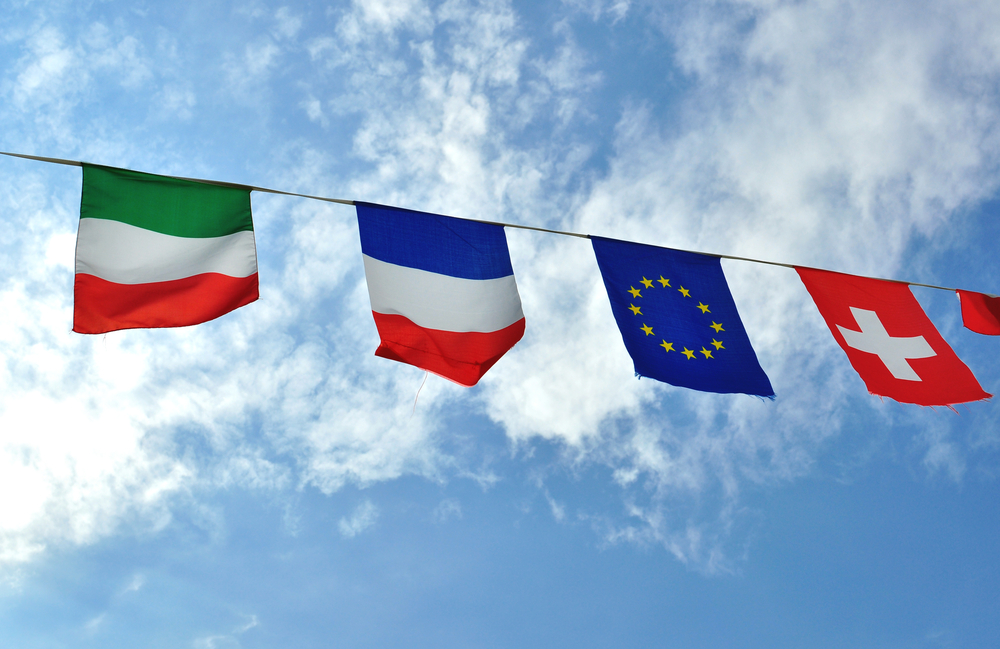The recent news that the European Union has proposed a Single European Digital Economy should come as music to the ears of e-commerce and omnichannel businesses across the continent.
By the end of next year, the proposed Digital Single Market promises to provide better access for consumers of digital goods and services, creating a more level playing field for online retailers.
In order to truly capitalise on these new cross-border e-commerce opportunities, retailers need to be able to scale their delivery networks to meet this increase in potential demand and at the same time provide a consistent customer experience.
> See also: Why a digital single market will help Europe become a tech leader
As delivery prices become standardised, customers will be encouraged to order more from different countries across Europe. Retailers will no longer be able to rely on a single carrier and instead must work with multiple partners to provide a range of delivery options for customers in every country around the world.
The days of retailers having a fairly static number of delivery destinations could soon be gone, and having the right supply chain processes in place to flexibly deal with a global network of carriers will be essential.
In future, this could involve a customer ordering a product online in one country, changing delivery options on the move and requesting an item to be delivered to another country on the other side of Europe. Customers will demand the same level of service wherever they are, and retailers will need to ensure that the promise to the consumer is consistently fulfilled across all regions.
However, in order to take full advantage of this opportunity, the first thing retailers must do is make sure they can bring in new suppliers quickly to meet international demand and take ownership of the last-mile customer experience. Working with a wider range of international carriers can allow retailers to become international brands in a matter of weeks.
Traditionally, retailers have found it a challenge to quickly integrate new carriers due to technology constraints. However, cloud platforms are enabling them to get their delivery networks up and running in a matter of weeks, both at home and internationally, while at the same time giving them visibility and control over performance and cost.
> See also: Why the technology industry needs a unified digital Europe
To succeed in the new Single European Digital Economy, retailers must be confident with shipping a wide variety of goods all around the world with higher precision, but this will put greater pressure on order processing systems and delivery networks than ever before.
The clock is ticking: retailers must get a flexible, agile carrier network in place by the end of next year to capitalise on the opportunities of a single European Digital Economy, or risk being left behind.
Sourced from Niklas Hedin, CEO, Centiro








